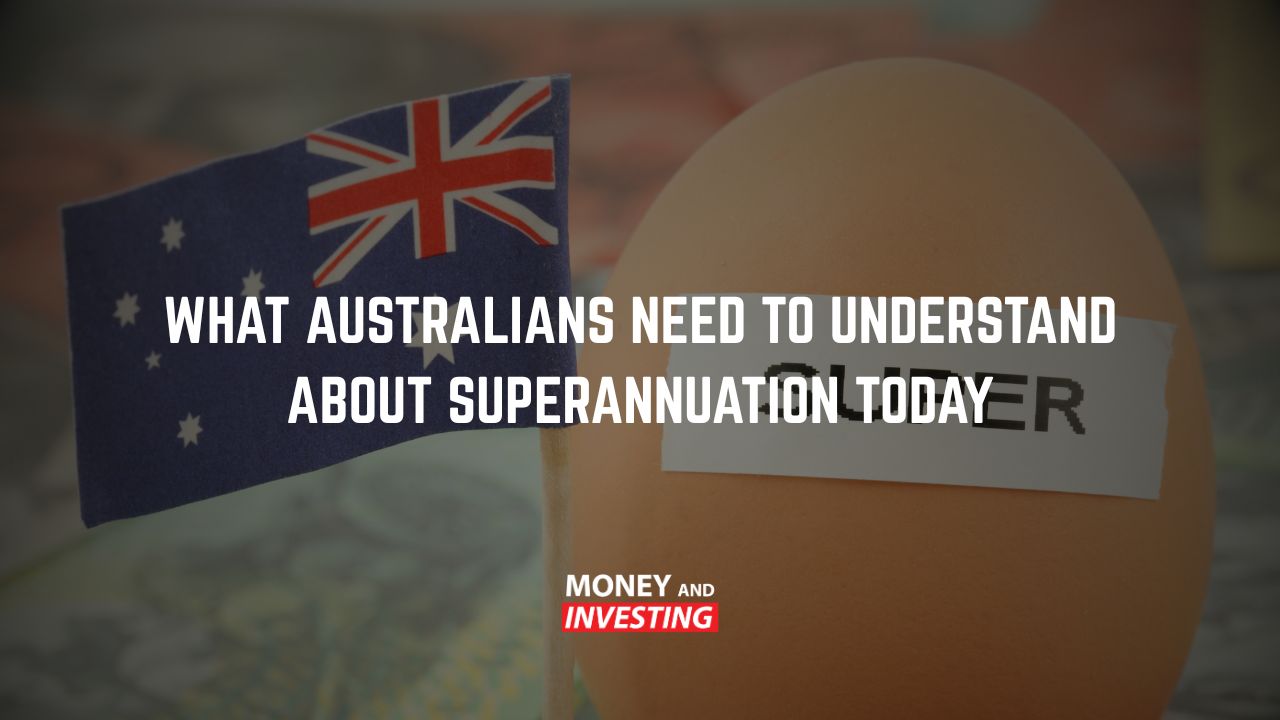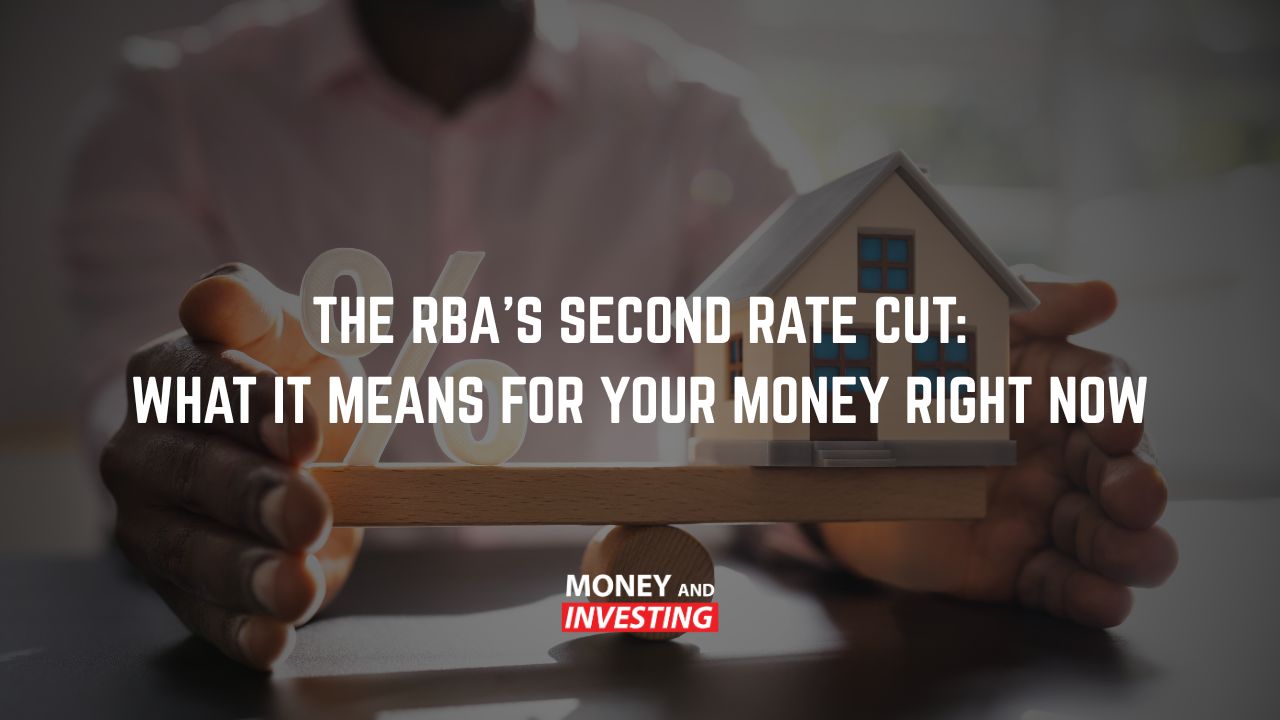Investing in the share market can take many forms and there are always other ways to go about your investing. Join us this week as we dive into direct share investment:
What is Direct Share Investment?
Share investing in its simplest form is buying partial ownership in a company or business. A business is divided into a certain number of shares which can be bought and sold on the open market. Host Andrew Baxter explains that having that partial ownership of a business entitles you to voting rights on how the company is run and potentially a slice of the profits by way of a dividend. Although it sounds simple, buying shares is quite involved and there are steps you have to take before being able to participate in the market such as opening a stockbroking account or researching what shares you might want to buy.
Different Kinds of Shares
The stock market is enormous and within it there are thousands of companies which can all be categorised in different ways. You would have heard the words “blue chip” used to describe big name companies that are widely considered to be a reliable investment. Andrew Baxter explains that some blue chips you may find on the ASX are the big 4 banks like Commonwealth and ANZ. In the US, it may include names like Apple and Microsoft. On the other end of the ledger, you have the highly speculative end of the spectrum with what can be called penny stocks. These are often young, new companies which have recently launched to the stock market and their stock prices are quite low. These stocks are often very volatile but if you manage to get in on the ground floor and a business goes from a penny stock to a blue chip, you will have made a lot of money. This can also be done domestically (in your own country) or overseas. With the internet being so fast, you can buy and sell stocks in foreign markets instantly.
3 Reasons to Buy Shares
Typically, there are 3 main reasons as to why someone would buy shares including capital gains, dividends, or reinvesting dividends. Host Andrew Baxter notes however, that the true main reason as to why people buy shares is in order to try to see their money grow over time. Over time, shares tend to move up and can be quite a lucrative investment. Earlier in the episode, we explained that companies pay dividends and being a shareholder, or having part ownership in a business, entitles you to a portion of the profits which comes to you in the form of a dividend. Many people very much enjoy collecting dividends on their share holdings and look at it as a form of extra income, although share prices do move lower in the same amount as the dividend. Uniquely, Australia offers franking credits which basically makes dividends more tax friendly as the company has already paid tax on their profits which are factored into that dividend. This offers quite the attractive incentive to investors to buy into stocks with a large dividend. A dividend reinvestment plan is simply taking the dividend amount and converting it into more shares instead of taking the cash. This of course grows your stake in the business over time.
Fundamentals, Technicals & Quants
A lot of this episode has focused on the passive nature of share ownership but Host Andrew Baxter explains that you really should be thinking about your investments regularly. A designated time each month or week or whatever suits you where you sit down and think about whether you are still confident with your investments. Amazon for example, was an online book store initially but has now grown into one of the biggest tech companies in the world, so picking that up early could have been a great opportunity permitting as an investor you were on top of things and doing some forward thinking. Likewise, Blockbuster was once a major company and as we progressed into the streaming era of film and television, many people who were not attentive to their portfolios may have seen their investment in Blockbuster go to 0.



